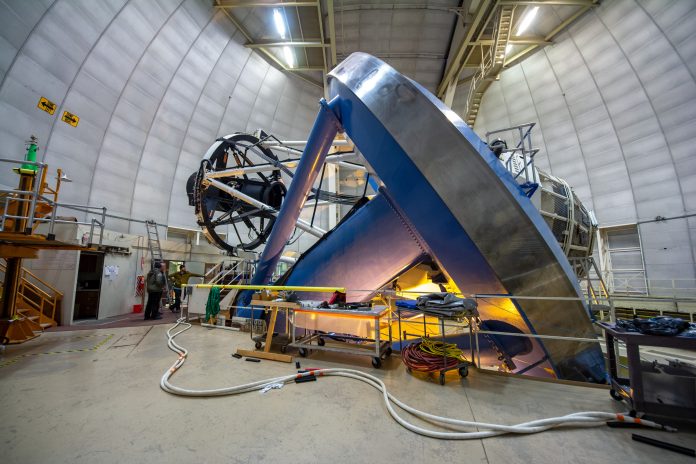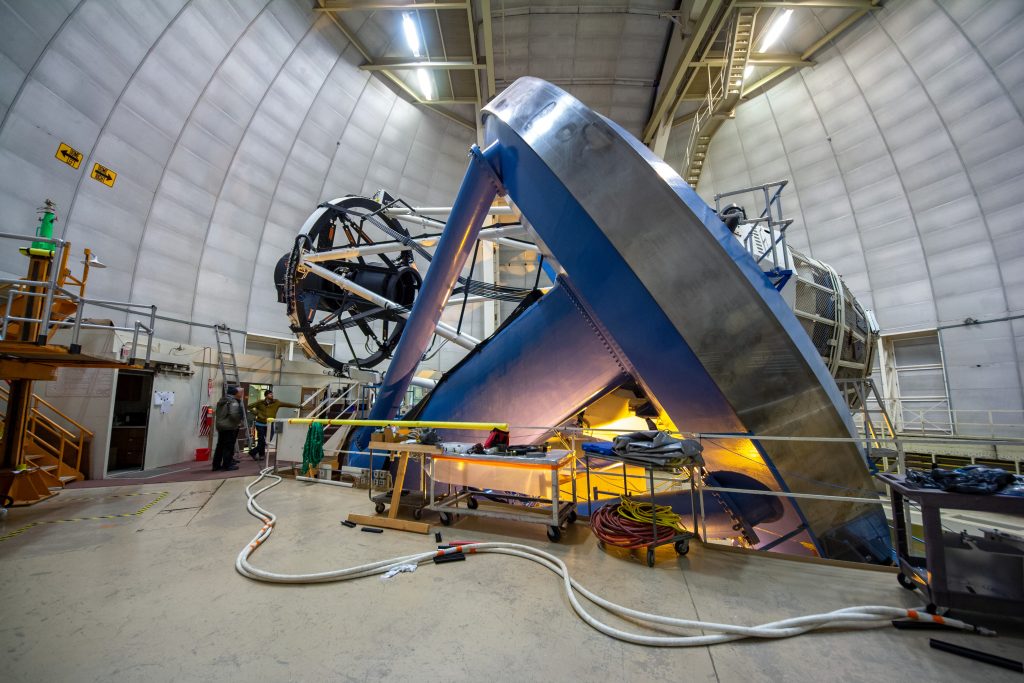
We are in a transient era of rapid expansion. It’s dominated by the field of axions. With such words, a new generation of cosmologists is reversing the old lore regarding the fate of the universe. For decades, the standard account had the universe continuing to expand endlessly with an unseen energy, dark energy. Now, a contentious model, grounded on the latest observations from the Dark Energy Survey (DES) and Dark Energy Spectroscopic Instrument (DESI), suggests the universe may begin to shrink in just 10 billion years a development that would re-write cosmic history.

1. The Big Crunch Returns: A Radical Model Emerges
The groundwork of the new theory is a radical claim: the universe’s expansion is not infinite. Instead, it will shortly on cosmological timescales halt and begin to reverse, culminating in a “Big Crunch.” The theory, presented in a recent preprint, predicts the universe expanding to its maximum size in about 10 billion years, then collapsing over the next 20 billion, which will culminate in a singularity in about 33 billion years a theory that predicts our universe will end in a “Big Crunch” in about 33.3 billion years. This is a direct contrast with the “Big Freeze” model of an ever-expanding, cold universe that will take a quinvigintillion years to run out.
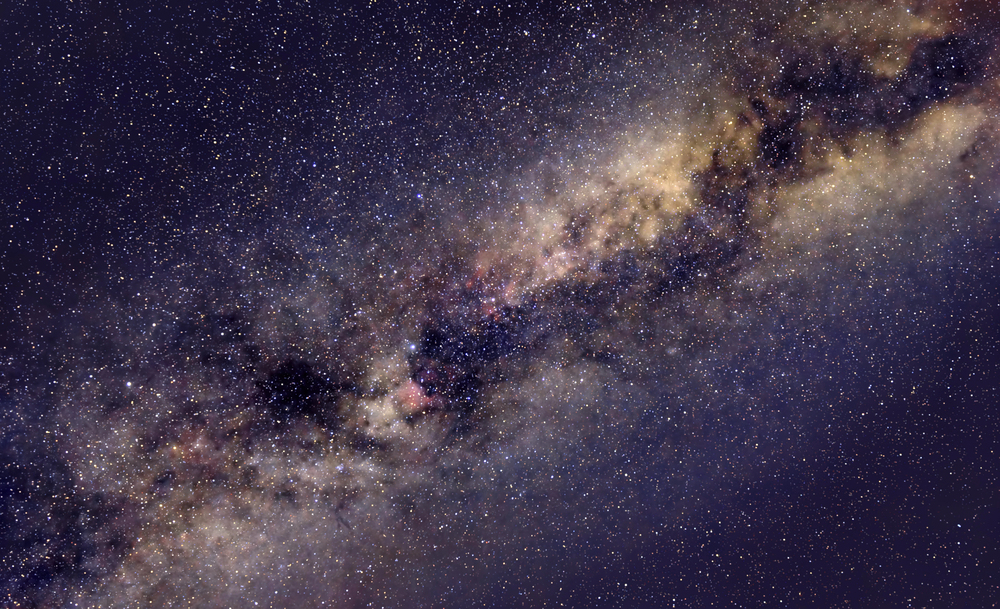
2. Axions: The theoretical master architects of fate
Central to the new model is the axion a hypothetical, ultralight particle that is postulated to permeate the universe. As opposed to the cosmological constant, originally proposed by Einstein as a static space energy density, axions might bring in a dynamic factor into dark energy. The model proposes that axions are currently fueling the accelerating universe expansion, but as they disperse over time, a negative cosmological constant will prevail over them, pulling the universe inwards in the best manner for fitting the DES and DESI data was to have the axions playing a supporting role for a negative cosmological constant.
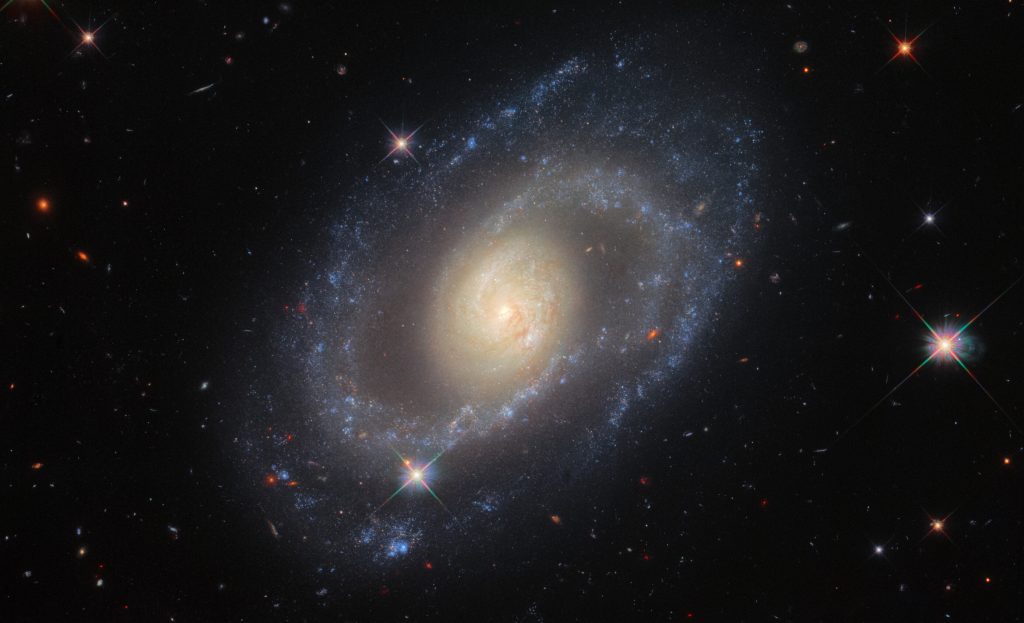
A negative cosmological constant would do the opposite of a positive one: It would slow down how fast the universe is expanding, instead of accelerating it, the authors explain.
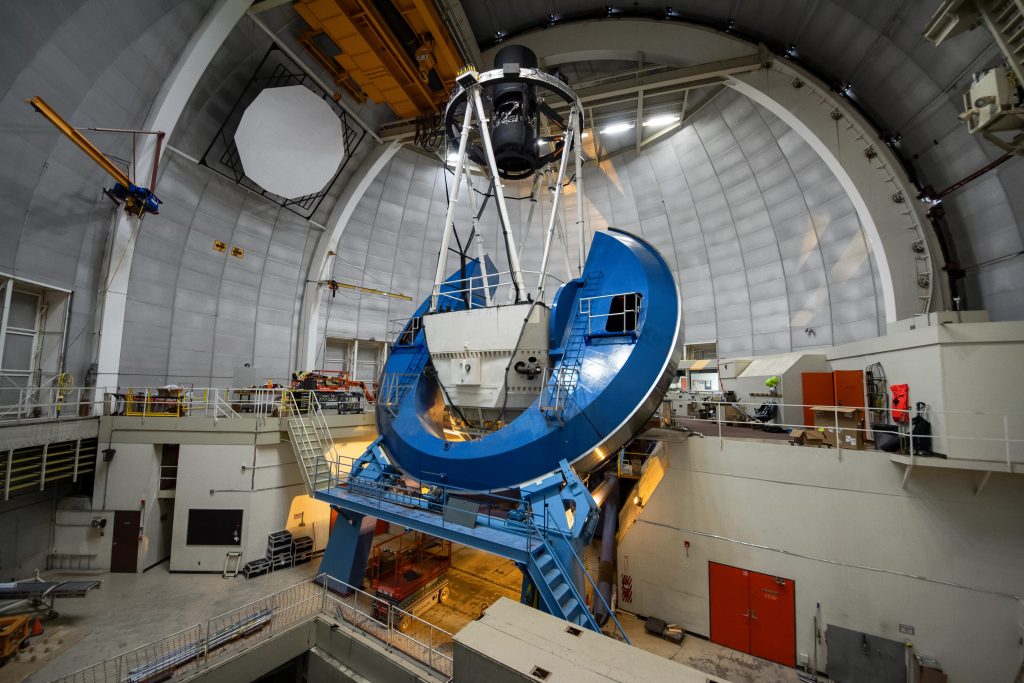
3. DESI and DES: Mapping the Universe’s Expansion
The DESI telescope, with its 5,000 robotic positioners and mountaintop location, has created the largest 3D map of the universe yet constructed. By measuring baryon acoustic oscillations (BAOs) the “ripples” left behind by sound waves in the early universe DESI has made measurements of expansion history with more than 1% precision for ages between 8–11 billion years ago DESI captured galaxies and quasars in record detail, creating the largest 3D map of the universe ever created and watching how fast the universe was expanding over 11 billion years. Along with DES, these observations set record-breaking constraints on the dark energy evolution on cosmic timescales.
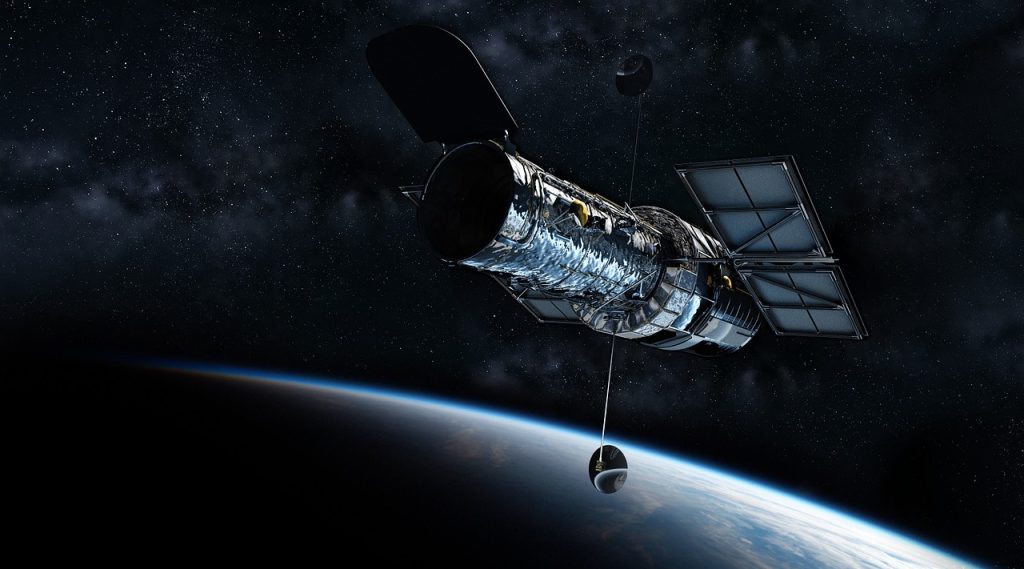
4. The Cosmological Crisis: Hubble Tension and Lambda’s Uncertainty
The new paradigm comes in the midst of mounting “cosmological crisis” the so-called Hubble tension. Local measurements of the Hubble constant (H₀), especially from the SH0ES program via Type Ia supernovae, yield H₀ = 73.04 ± 1.04 km/s/Mpc. On the other hand, measurements using cosmic microwave background (CMB) and BAO are always lower, ~67–68 km/s/Mpc DESI, the Euclid space telescope (2023–) and the future LSST wide-field optical survey in Chile will hear new galaxy surveys released. Such tension is unwanted for the Lambda-CDM model and suggests that new physics or some hidden systematics have to be at play.
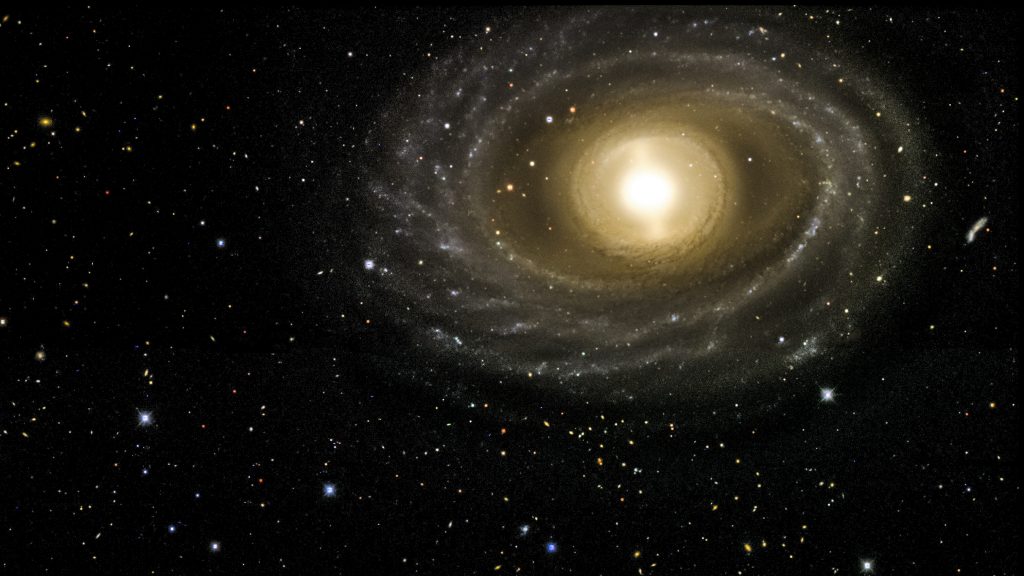
5. Dynamical Dark Energy: Beyond the Cosmological Constant
Current DESI results prefer a “phantom crossing” in the dark energy equation of state, proposing that dark energy is not just a cosmological constant but could evolve with time DESI DR2 prefer a dynamical dark energy with phantom crossing property. In this case, the axion hypothesis is more preferable. Theoretical considerations show that a population of axions with a mass of the same order as the current Hubble parameter mₐ ≈ 10⁻³³ eV and an energy scale around the reduced Planck mass is enough to account for the acceleration and even its reversal.
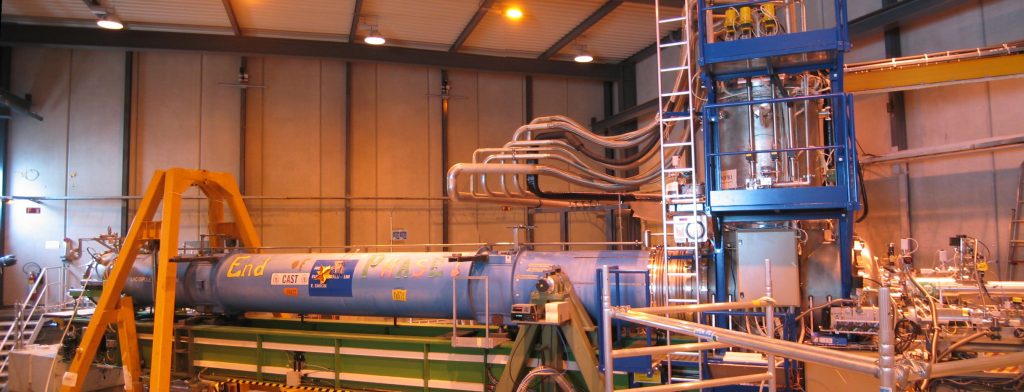
6. Experimental Frontiers: Pursuing the Axion
Axion discovery remains a challenging endeavor. These experiments such as the Axion Dark Matter eXperiment (ADMX) and the CERN Axion Solar Telescope (CAST) employ microwave resonators in magnetic fields, helioscopes, and quantum-limited amplifiers to search for axion-photon conversion signals Experimental searches for this hypothetical particle started to reach theoretically interesting levels of sensitivity, particularly in the micro–electron volt (gigahertz) range. These efforts are widening the reach of the search and sensitivity and hoping to probe the dark matter and dark energy axions’ parameter space.
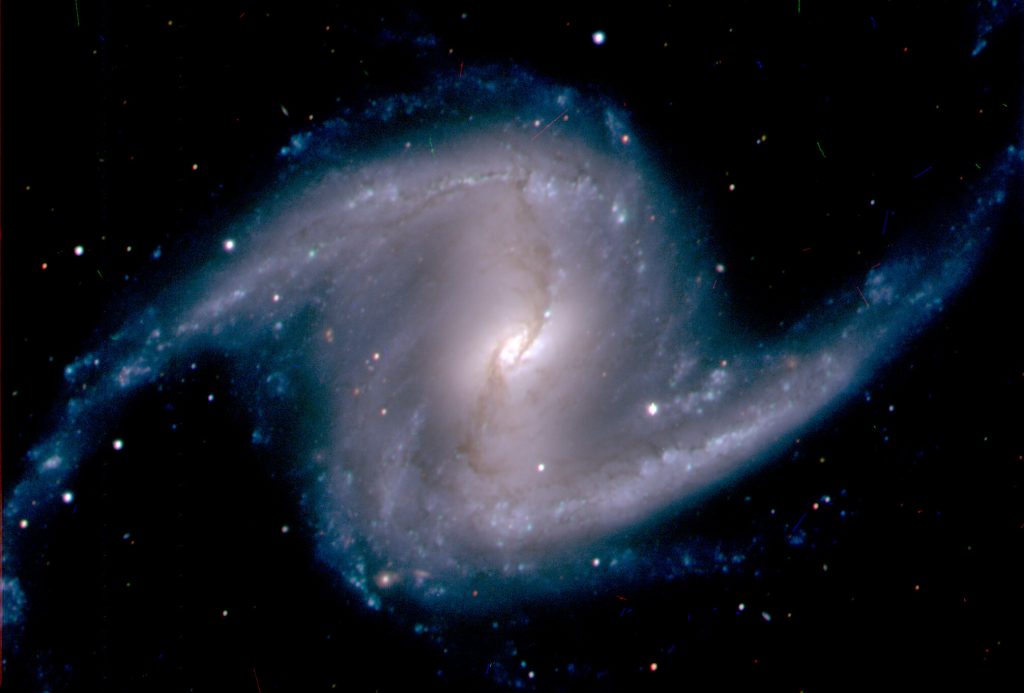
7. Theoretical and Observational Uncertainties
Though the new contraction model is mathematically valid, its origins are speculative. The existence of axions is unproven, and the concept of a negative cosmological constant is controversial. The DESI and DES findings, though intriguing, are tentative and mutable as more data accumulate. As the study authors themselves warn, “These are preliminary findings.” Upcoming surveys and next-generation telescopes will ultimately know whether dark energy is really evolving and whether the universe is on course for a Big Crunch.

Meanwhile, the struggle over the destiny of the universe is more lively than ever. As cosmologists keep honing their models and tools, the universe can still surprise us with solutions as deep as the questions themselves.
